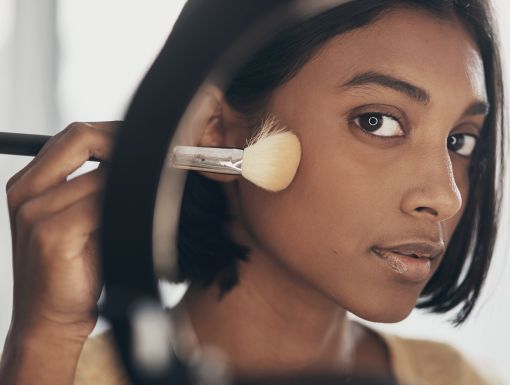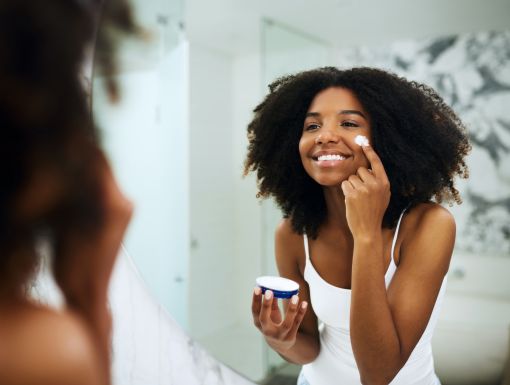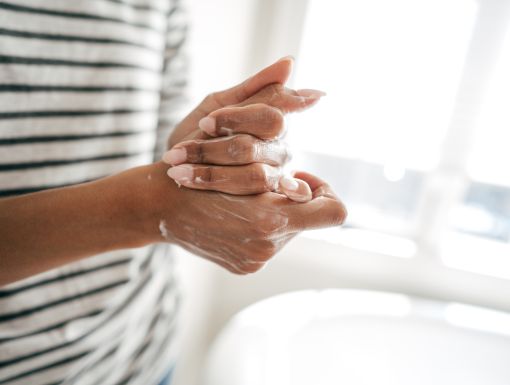
How To Treat Mask Acne (AKA “Maskne”)
Wearing a mask is a crucial part of preventing the spread of COVID-19. However, an unexpected side-effect of wearing a mask is that people have begun to have skin issues. Side effects from wearing protective gear include acne, breakouts, chaffing and other skin issues. So how can you prevent skin problems and mask acne?
How To Prevent Mask Acne
Preventing skin issues while wearing a mask starts with the mask.
- Wear a clean mask. Don’t reuse the same mask. The CDC recommends washing reusable cotton masks after each use.
- Dispose of masks. Disposable masks should only be worn once. They are not meant to be reused and cannot be properly cleaned.
- Wash your face. Prior to putting on a mask, it is recommended that you wash your face. After you wash your face, make sure to pat dry, because trapped moisture can lead to bacterial growth and cause breakouts. Consider using an over-the-counter benzoyl peroxide wash, since benzoyl peroxide is anti-bacterial and can help with oiliness. Stick to 2.5% strength if your skin is sensitive. You should repeat this process after wearing your mask as well.
- Moisturize your skin. Before you put on your mask, make sure your skin is moisturized. Use products that are gentle on the skin. Look for things that are dye-free and fragrance-free because dyes and fragrances can increase the likelihood of skin irritation and other issues.
- Avoid cosmetics. Wearing makeup underneath a mask can clog pores, allowing moisture to stay trapped in the skin and bacteria growth. If you wear makeup under your mask, make sure you wash your face with gentle cleansers as soon as you can.
- Wear 100% cotton. When wearing a cotton mask, look for 100% cotton. Cotton masks allow for breathability that the skin needs. With breathable fabrics moisture will not become trapped under the mask causing skin irritation, breakdown and bacterial growth. To learn more about what masks to wear, check out guidance from the Centers for Disease Control.
- Moisturize lips. Dry lips are common when wearing a mask.
- Apply a lip balm. Use a lip balm that doesn’t contain fragrances, flavorings, camphor, menthol or phenol, as these can contribute to dryness and even irritation in the long run. Good options include Vaseline Lip Therapy Original, Vanicream Lip Protectant/Sunscreen or Aquaphor Lip Repair.
- Try diaper rash medicine or something similar that contains skin protectants such as zinc oxide or dimethicone. Examples include Aquaphor 3-in-1 diaper rash ointment, Desitin Daily Defense or Aveeno Cracked Skin Relief Balm. This can provide a barrier between moisture and your skin and help heal your skin.
- Try an over-the-counter 1% hydrocortisone cream. If you notice some cracking in the sides of the lip, some over-the-counter cortisone can help.
- Prevent nose chafing. If the bridge of your nose is becoming irritated by contact with a mask, you can use products that contain zinc oxide or dimethicone. These provide a healing barrier that can prevent friction in this sensitive spot.
Staying safe during the COVID-19 pandemic is important. Use these tips to keep your skin clear and healthy while you protect yourself and others. If your skin condition persists, contact an Ochsner dermatologist.
Make a Dermatology appointment with Dr. Kelli Hall.



